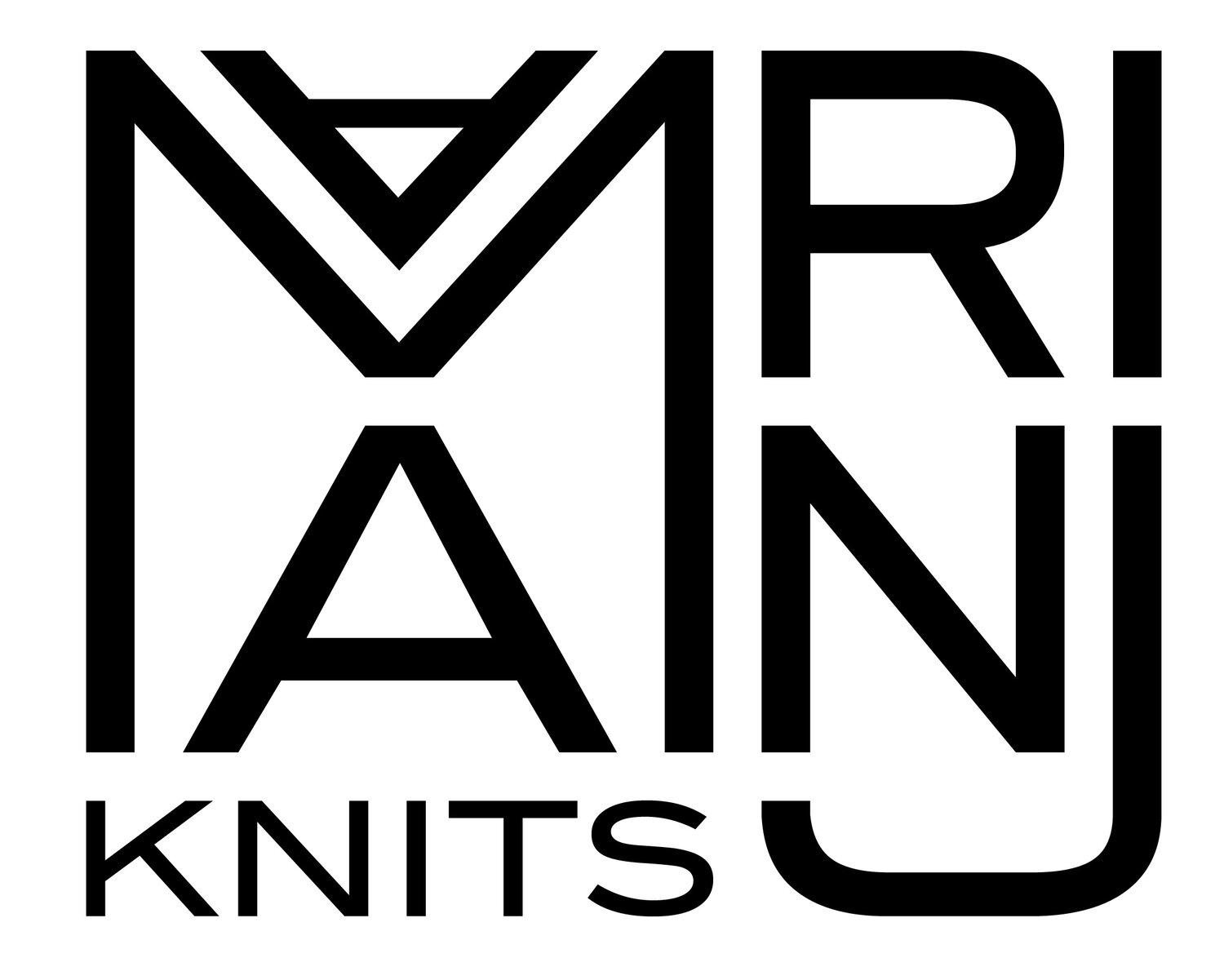Vacation Butterfly: Blocking
Do you have any special recommendations for blocking this garment?
This shawl was so large that inevitably I don’t have any good pictures of it being blocked. I think the best pictures to show how it was blocked are from my test knitters. One is attached below from my dear friend Vanessa.
I firmly believe that any blocking is a very stylistic choice. You are not at all required to block it the way I did. In fact many of you might have better ideas of how to block it that I might be envious of. So don’t feel that my suggestions are the way to go. My samples were blocked the same way for consistency and I asked my test knitters and sample knitters to do the same. My aims in blocking the way I did were to open up the bottom of the shawl and allow you to see all aspects of the design.
Because some yarns will bleed I do not use soak wash or any detergent. Bleeding usually relates to the ph level of your water. It does not necessarily relate to whether or not the yarn was dyed correctly. So, finding out you have the right ph level in your water by soak washing and having something bleed can be a terrible way to discover this. The addition of soak wash or wool wash can adversely impact the ph level and make things even worse. I choose to use only cold water in this process. I like to use the washing machine and the rinse + spin cycle. This thoroughly wets my knitting and the spin cycle gets most of the water out. This benefits my drying time and it also means that I'm never picking up my knitting when it is so wet that I will stretch my piece. I love it! I feel that this is the simplest way to “wash” your work before blocking.
One of the best articles I’ve read about the science behind ph levels in water and how they effect yarn is by Kimber Baldwin and found at https://fiberopticyarns.com/blogs/latest-news/how-to-wash-items-made-with-hand-dyed-yarns-or-fiber

